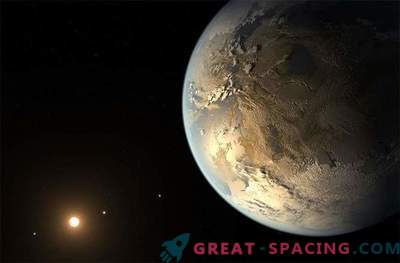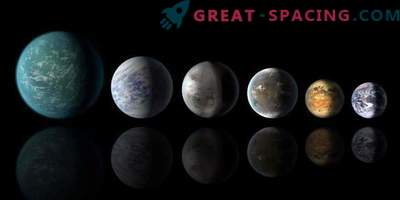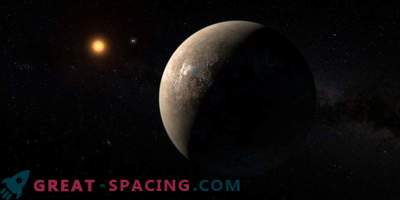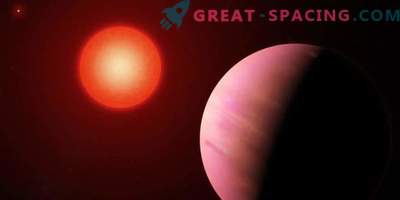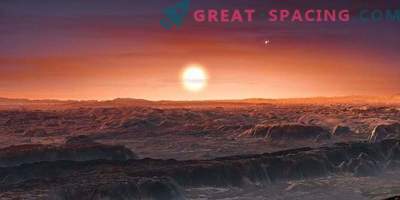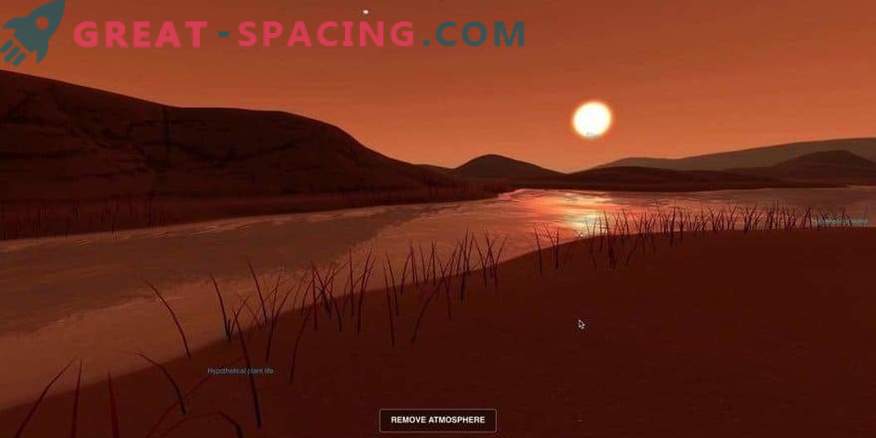
At NASA's exoplanet research site, a visitor can explore the imaginary surface of worlds outside our system. Here is shown the surface of Kepler-186f - a planet of the earthly type, distant by 492 light years. There are no real snapshots.
Want to spend the summer in an exotic place? Why not take a virtual trip to a planet of earth size outside the solar system? This is possible with the help of a NASA exoplanet mission service.
We live in a universe full of alien worlds. Unfortunately, even the closest exoplanets are distant from us for light years, so sending people on spacecraft is still a dream. But on the NASA website, you can explore the imaginary surface of a foreign world in a 360-degree interactive visualization.
In the process of “walking,” you will discover fascinating features, like a blood-red sky on TRAPPIST-1d, or walk along the hypothetical moon of the massive planet Kepler-16b, which seems more than any of the two suns of the planet. The view from the surface of each planet is an artistic vision based on available data. Of course, there are no real pictures. The newest planet with a 360-degree surface visualization is Kepler-186f. Refers to the earth type, revolves around a star, much colder and red than the sun. Scientists do not know if Kepler-186f has an atmosphere, but with the help of the NASA visualization tool you can see how the presence / absence of the atmospheric layer will change the appearance of the sky.
The worlds discovered by the Kepler mission are far away, so now it is impossible to confirm the presence or absence of the atmosphere. So visualization takes into account all the possibilities and provides for inspection several options. Future projects TESS and James Webb will allow to find the exoplanet closest to our system and characterize its atmosphere.
All 360-degree visualizations can be viewed on any device. You can also get acquainted with the life of distant worlds, like Kepler-186f; TRAPPIST-1e or PSO J318.5-22, where nightlife never ends, because the planet floats freely through space.
